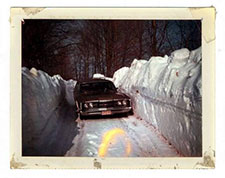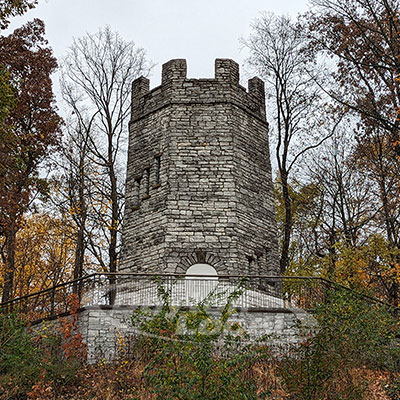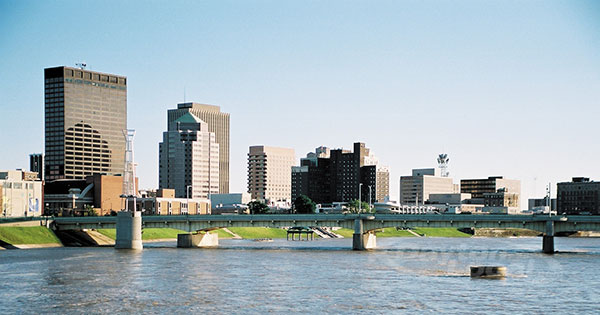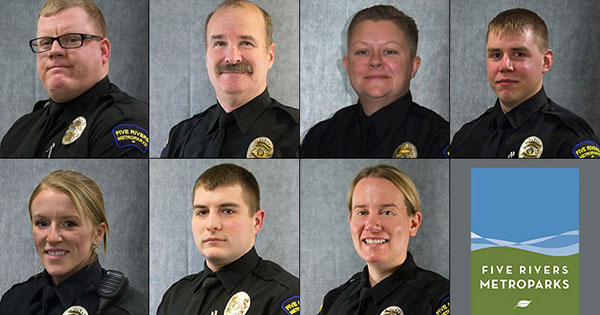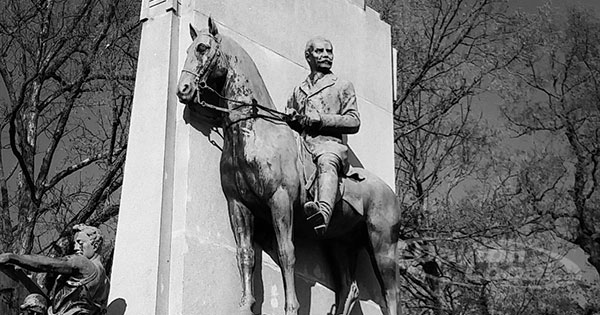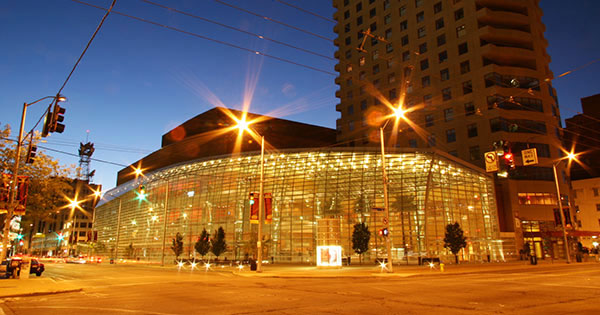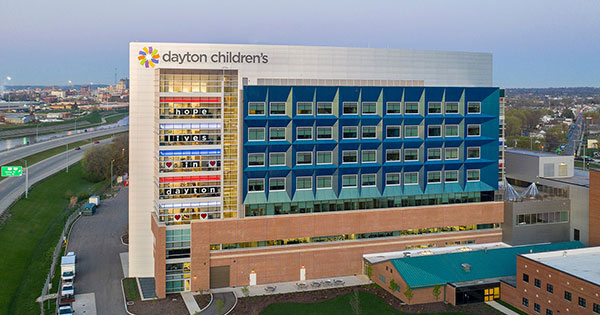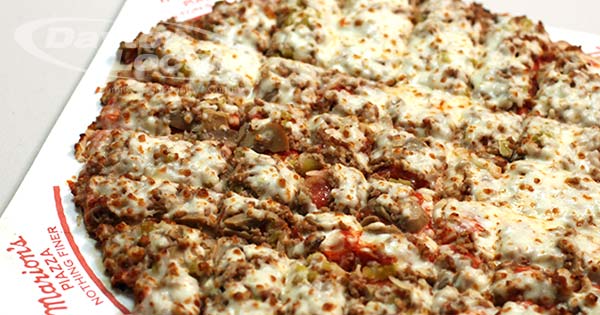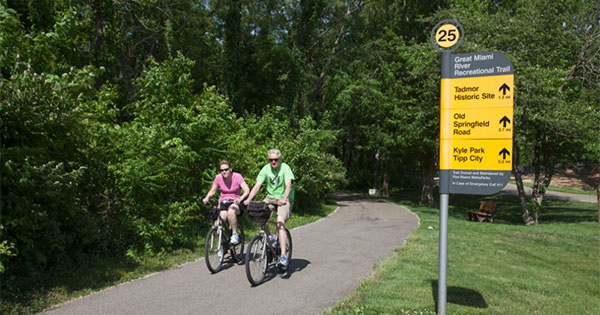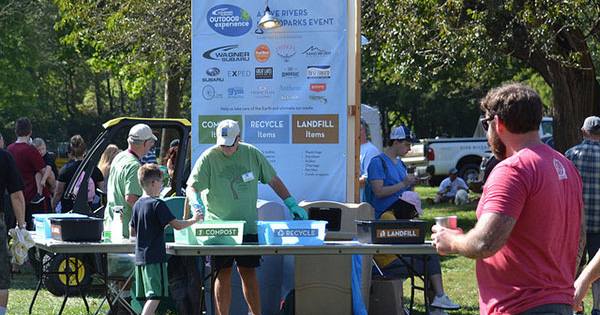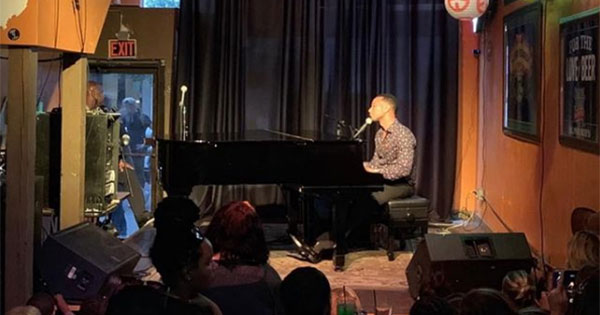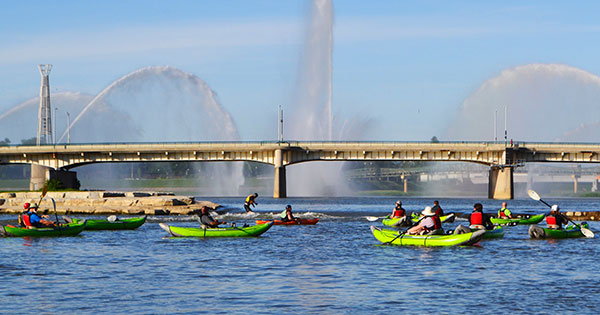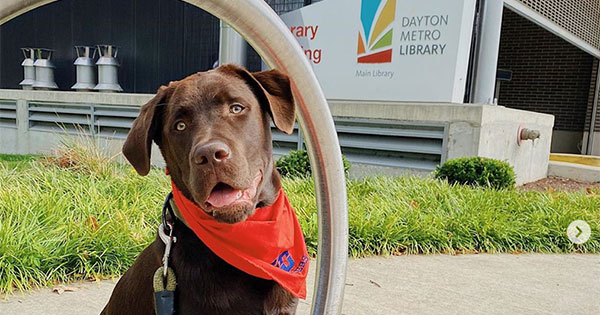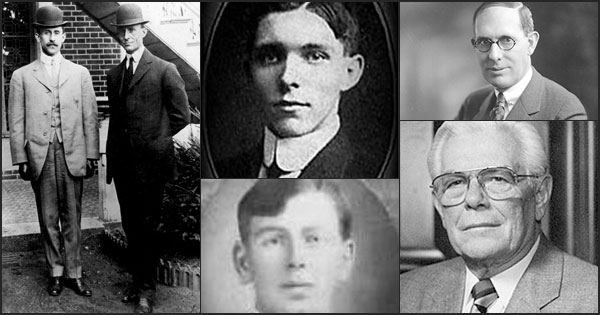
Dayton: The birthplace of aviation and square cut pizza, but stepladders and ice cube trays? Who knew?! You won't believe what else!
Dayton: A City of Inventors
There are certain things that everyone who lives in Dayton knows about their city, beyond that there’s always construction somewhere on I-75. Shortly after exiting the womb, it’s taught that Dayton is the birthplace of flight (some in North Carolina disagree) and was the home of the Wright Brothers. Almost equally important is that square cut pizza originated at Cassano's Pizza King, and later at Marion’s Piazza. However, several other inventions that greatly influence our daily lives were invented in Dayton, and get a lot less attention.
For instance, did you know a Dayton inventor made it possible to easily pull open a canned refreshing beverage? Ermal Fraze, of Kettering, created the pop-top/ pull-tab cans. One day at a picnic, in 1959, Fraze had forgotten his key-like device, used to open cans, so had to use a car bumper to open everyone’s drinks. A machine tool operator, Fraze formed the Dayton Reliable Tool Company in 1949, and later used his knowledge to develop the ‘pull-top’ can. However, the design led to an increase in litter, as users would dispose of the pulled-off tabs by throwing them on the ground. Others drinkers suffered physical harm by placing the tab inside of the can and then swallowed or cut their mouths on it while drinking. So in 1977, Fraze modified the invention and patented the push-in and fold-back tab, which is still currently used. His business became a major manufacturer of the tab design. Fraze passed away in 1989 of a brain tumor. The Fraze Pavilion in Kettering is named after him.
Rather than the Dayton Flyers, how about the Dayton Stepladders? A master carpenter by trade, John H. Balsey also built himself a solid reputation as an inventor, with the patent of the stepladder in 1862. Balsey created the first foldable stepladder, which allowed for easier storage. He also made stepladders safer by transitioning to the flat steps rather than rounds rungs to stand on. Balsy passed away in 1895 and his body was interred at Woodland Cemetery.
In today’s modern world, most people have an icemaker but there are still traditionalists or people, like me, who prefer the less expensive refrigerators and still use ice cube trays. The use of ice cube trays could be considered a tribute to Arthur J. Frei, who while working at Frigidaire, developed 23 patents. After originally needing to run hot water over the metal trays to loosen the eyes, Frei simplified the process by designing the quick release lever.
A friend of the Wright Brothers, Levitt Luzern Custer also had an interest in aviation but was more involved with hot air balloons. His first major invention was the Statoscope, used to register the rise and fall for both balloons and planes. The success of the statoscope, which was by the U.S military allowed Custer to build his own company in downtown Dayton. Built in 1916, the facility was ahead of its time, with an indoor miniature golf course and over 100 tanks filled with tropical fish on another floor. Custer had a range of inventions, including an Aviation Training Machine, which simulated flight conditions and was used to prepare pilots for World War II. He also created a couple of amusement park rides. In 1925 he invented the battery-operated car to be driven around the track and an aquatic bicycle with pedals that turned the paddlewheel in back. However, Custer is best known for inventing the electric wheelchair. Custer passed away in 1962 and is buried at the Woodland Cemetery.
The inventions of Charles F. Kettering are worthy of a city being named after him, at the very least. We should all be grateful to him every time we turn a key or even just push a button to start our cars, rather than having to hand crank as he created the first electric ignition system for automobiles in 1913. He also made driving at night much safer, and easier, with electric lights for automobiles. Before all that though, while working at appropriately enough the National Cash Register (NCR), Kettering invented the first electric cash register. In 1909, Kettering went on to form the Dayton Engineering Laboratories Company (Delco), where he invented the electric ignition system and several other things for automobiles such as spark plugs, leaded gasoline, automatic transmission, and four-wheel brakes. With Delco purchased by General Motors in 1916, under Kettering’s leadership, the company also invented Freon. His home was the first in the United States to have electric air-conditioning, through the use of Freon. A member of the National Inventors Hall of Fame, Kettering passed away in 1958 and is also buried at Woodland Cemetery.
These are just a few inventors from Dayton who helped shape the future for all of our lives.


